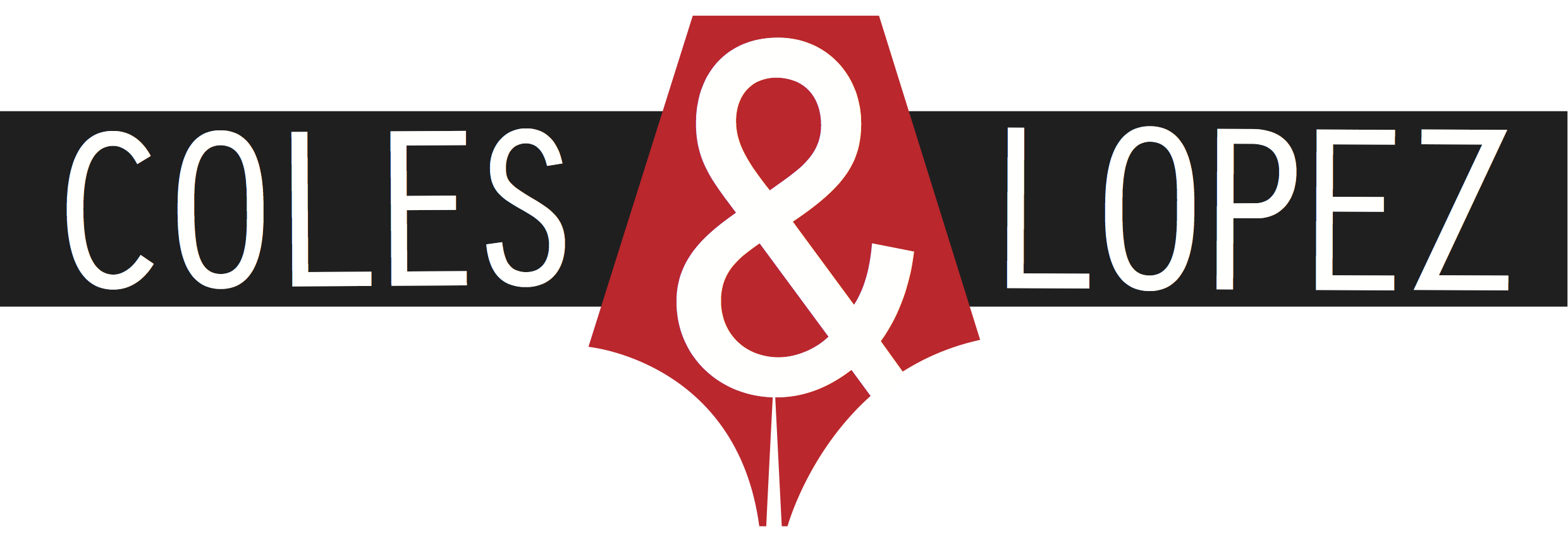Comma police, arrest this girl
My two cousins and I all live in different cities, so we keep in touch by way of a never-ending WhatsApp conversation. Over the past couple of weeks, I’ve sent them the following messages:
Hey ladies, how are you doing?
Thanks, it was a good wedding.
You’re right, we should get some compensation!
I wouldn’t have guessed it, I don’t know the song!
In every one of those messages, I made a very common grammar mistake. I joined two independent clauses together with a comma, thus creating something called a “comma splice”.
You might be wondering why I would publicly shame myself by making a mistake and then pointing it out on this blog. To find out, keep reading. First, though, let’s learn more about comma splices.
What is a clause?
Clauses are groups of words that make up sentences. Sometimes a sentence has just one clause, and sometimes it has two or more related clauses.
Every clause contains a subject (the doer of the action) and a verb (the action itself). Clauses fall into two categories:
Independent clauses, also called “main clauses”, make sense on their own – they work as stand-alone sentences. Every sentence has at least one independent clause:
You’re right.
We should get some compensation.
Subordinate clauses rely on independent/main clauses for their meaning. They do not work as stand-alone sentences. In the examples below, the words in bold are subordinate clauses:
If you’re right, we should get some compensation.
There is compensation available, which we should get.
For the purposes of this discussion, we can forget about subordinate clauses and focus only on independent clauses.
Clauses and comma splices
When a sentence contains more than one independent clause, it is called a “compound sentence”. Compound sentences are perfectly correct, so long as the independent clauses are joined with either a conjunction (“and”, “but”, “for”, “or”, “nor”, “so” or “yet”) or the correct punctuation (a semicolon or a dash, not a comma).
Conjunctions add extra meaning to the sentence, telling us something about the relationship between the two clauses. For example, “and” tells us the clauses are in agreement; “but” tells us they are in conflict.
Semicolons and dashes are more neutral. They tell us the clauses are related, but nothing about the nature of the relationship.
So, this is a comma splice – two independent clauses that are incorrectly linked with a comma:
I knew the song, I guessed it correctly!
To fix it, you have three options:
(1) Add a conjunction:
I knew the song, and I guessed it correctly!
Note that there should still be a comma before the conjunction.
(2) Replace the comma with a dash or a semicolon:
I knew the song – I guessed it correctly!
I knew the song; I guessed it correctly.
Dashes and semicolons perform the same job, but the semicolon is more formal.
(3) Break the compound sentence into two individual sentences, using a full stop:
I knew the song. I guessed it correctly.
Often, the third solution is the best. For one thing, short sentences have more impact. For another, people tend to overdo compound sentences, linking clauses that aren’t related all that closely.
A note on run-on sentences
There’s some disagreement in the grammar world about whether a comma splice should be considered a type of run-on sentence.
Technically, a run-on sentence occurs when two or more independent clauses are joined together without any punctuation at all. (Run-on sentences are not, as many people assume, just really long sentences.) For example:
Hey ladies how are you doing?
Obviously, comma splices don’t fall under the above definition. They contain punctuation; it’s just the wrong type of punctuation.
Regardless, it’s convenient to group comma splices and run-on sentences together, because they’re wrong for the same reason. If you understand one, you’ll understand the other.
A brief rant
Now, let me explain why I chose my own WhatsApp messages as an example of what not to do.
First, I didn’t want the upshot of every blog post to be, “I’m right and the rest of the world is wrong! Nyah, nyah, nyah!”
Second, I wanted to make a point about context. When I come across a comma splice while editing, I correct it. When I’m writing a work-related email, I avoid comma splices at all costs.
But when I’m privately messaging my cousins, laziness sometimes trumps correctness. It’s just easier, and sometimes feels more natural, to string together my thoughts with a series of commas.
Full stops come across as kind of cold and robotic. (Thanks. It was a good wedding.) Semicolons seem ridiculously formal for WhatsApp. (You’re right; we should get some compensation!) Dashes require an extra thumb motion that, quite frankly, I’m just not willing to devote my precious time to. (I wouldn’t have guessed it – I don’t know the song!)
So I use the comma, trusting that my cousins aren’t silently scorning me from afar. I feel very strongly that there’s a time and a place for scrupulous correctness, and casual conversations between friends/family are not it.
The absolute worst thing about being a professional editor is that people tend to assume you’re a grammar Nazi. (I hate that term! Hate it!) You know, the type of person who smugly comments on other people’s Facebook posts with “*you’re”.
Basically, if you’re in a situation where you really need to be taken seriously, or you want to come across as professional, make sure your spelling and grammar are faultless. If you aren’t confident with spelling and grammar, hire an editor who is. Otherwise, you have every right to communicate without being judged for the odd mistake.

